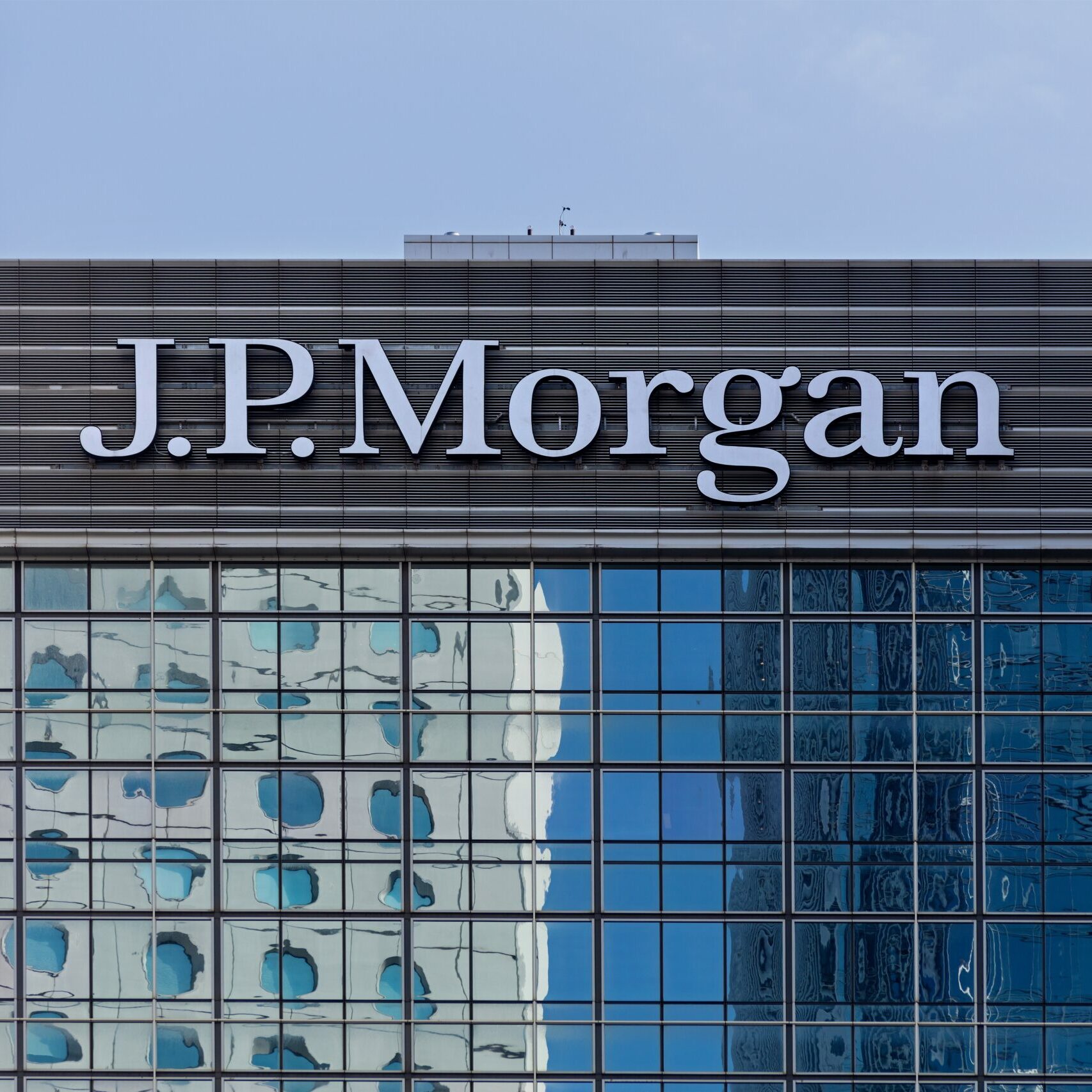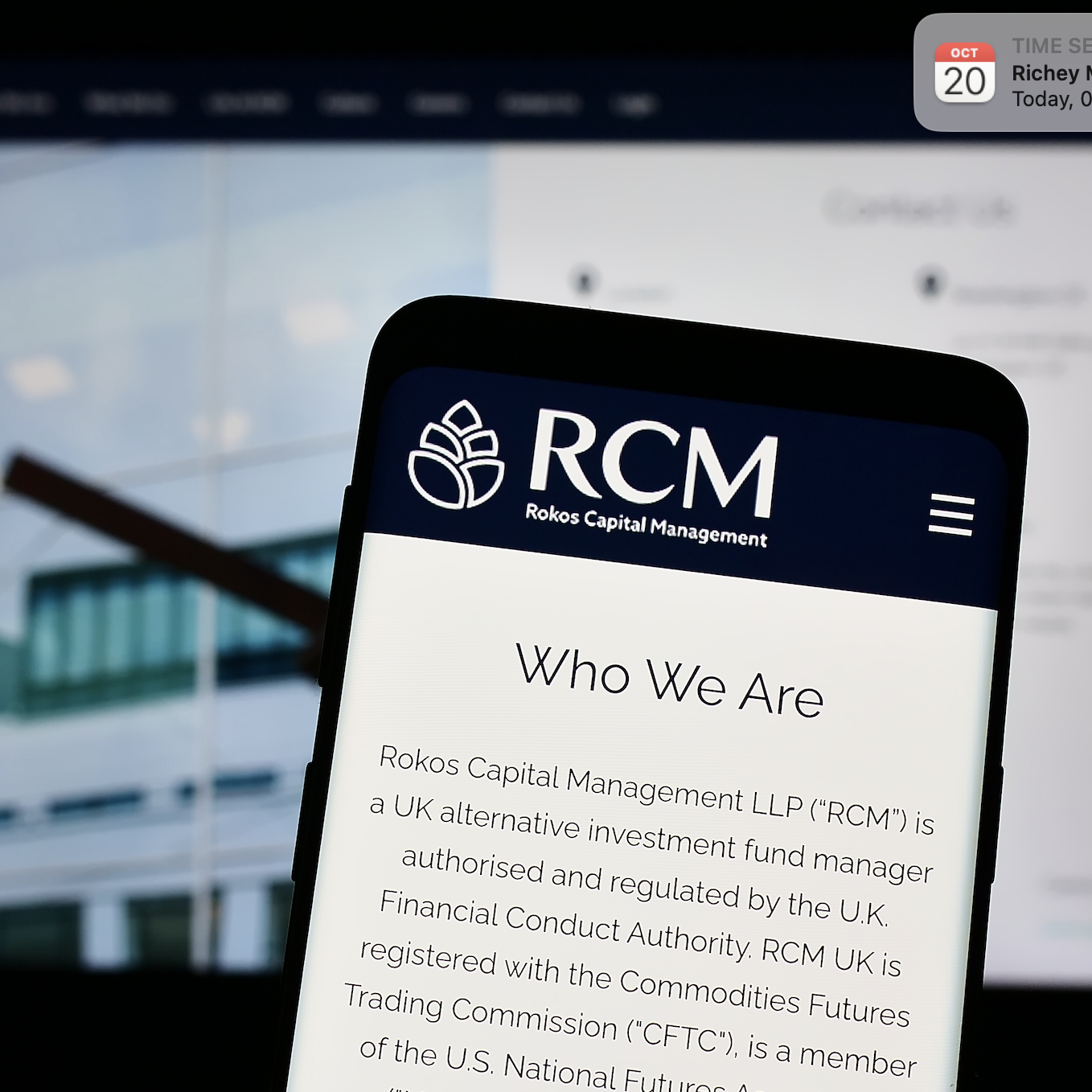There is often a natural gap between the risk profiles that hedge funds want to produce, and what institutional clients want to buy. As such, there can be a different psychological view as to what a hedge fund represents to the manager and to the investor. An investor running a diversified portfolio may want much greater risk in the individual underlying funds than a hedge fund manager wants to run in his own business.
This constitutes a gap in the utility function and the appetite for risk, which can be hard to close without using managed accounts.
Sam Thompson is head of the managed account platform business at Man FRM, a division of Man Group since being acquired in 2012 and whose MAP currently has USD14.2 billion of assets, as of 30th September 2017.
Thompson says that one of the potential benefits of a managed account is that investors can adjust the risk profile using notional funding, adjusting leverage, to help optimise their overall portfolio target risk.
“The majority of large institutional investors are using some form of risk budgeting at the portfolio level,” says Thompson. “They want to meet their portfolio risk target in the most capital efficient way, and managed accounts are a potentially useful tool for achieving this.
“At the moment, just over 50 per cent of the platform business is for dedicated managed accounts. These mandates have dominated new business this year.”
This demand is coming both from new client mandates as well as existing Man FRM and Man Group investors moving into or increasing their allocation to managed accounts.
Thompson says that many of the new mandates are from institutions that are significant allocators in the hedge fund space and are looking for dedicated managed accounts rather than to pool their assets with other investors. They want bespoke structures where they are the sole investor.
“That has a number of potential benefits that one traditionally associates with managed accounts – transparency, control, cost containment – but one of the main drivers behind wanting one of these structures is the flexibility it offers them to customise investment mandates.
“We’ve always thought of managed accounts involving some level of customisation. At the most basic level, most managed accounts impose some kind of risk constraints on top of a hedge fund manager’s strategy. If there are certain types of exposures that they don’t want, the investor will contractually restrict the manager in terms of what they can use in the mandated portfolio.
“For example, some of our clients – especially public pension plans – like to have their own dedicated managed account so that they can implement ESG factors such as restricted lists of stocks,” explains Thompson.
“Some investors will take customisation further than others but most have certain restrictions that their trustees or boards of directors insist on being applied. They are looking across their investment portfolios as a whole, they are not looking at hedge funds in isolation. By having a dedicated managed account solution, institutions can easily apply the same investment policies to hedge funds that they are using across their allocation programme.
“That helps investment committees justify and explain their hedge fund allocations to boards of directors and trustees,” adds Thompson.
There are two key drivers behind the increased use of dedicated managed accounts. The first relates to the opening point regarding risk appetite.
To expand further on this, investors want the ability to control how much they dial up or dial down risk in an investment strategy. This simply isn’t possible in a commingled fund where every investor is treated the same. Having a managed account is somewhat autocratic. The investor wants to be in sole charge.
“When you’re investing into a commingled fund there is dichotomy between the utility function that the manager has, in terms of setting the risk level for the fund, versus what an investor will receive. When structuring a comingled fund and establishing the risk profile, the manager has to consider doing so in a way that allows the fund to be marketed to a wide range of investors,” remarks Thompson.
Also, the individual manager has a large financial incentive in the fund’s performance. Having skin in the game is important but it can mean that the manager is at times incentivised to be more risk averse.
By contrast, if the individual hedge fund is just a small piece of an institutional investor’s total allocation, by default their risk sentiment towards the fund will be markedly different to the manager’s.
“For strategies like global macro, in order for investors to pick a manager that can potentially have a meaningful impact on their portfolio they may have to make a very large capital allocation because the manager is running a low risk profile. That is quite a capital inefficient process for an institution,” says Thompson.
The second key driver for customised mandates is that they allow the investor to explore carve-out strategies that stand a better chance of meeting their return expectations. Part of this, says Thompson, is that at the larger end of the investor spectrum there are much bigger illiquidity budgets than other investors might have.
“When you are looking at an individual manager’s commingled fund, they oftentimes have to restrict the percentage of the portfolio that can go into illiquid assets. Whereas actually an investor might think this manager has great expertise in sourcing and managing those types of investments. By having their own managed account, they might decide to make those investments a much larger percentage of the portfolio, in order to take the illiquidity premia.
“In other cases, a certain strategy or trade idea within a manager’s portfolio becomes constrained by the least illiquid or capacity constrained part of the portfolio,” adds Thompson.
As a crude example, a manager may have five strategies in the portfolio and has set guidelines such that each of those five strategies cannot be more than one fifth of the portfolio. If one strategy (the most capacity constrained) can only have USD100 million allocated to it that limits the overall size of the portfolio to USD500 million.
Even though one of the strategies might be able to take capacity of up to USD1 billion because it is trading highly liquid securities, as the manager is capped by the less scalable part of the portfolio they can only allocate USD100 million.
“As a result, there is excess investment capacity that a manager is not able to monetise. That presents an opportunity for managed account investors to customise their mandate with this manger to access additional exposure to their more scalable ideas and potentially at a lower fee.
“Having a carve-out strategy that is designed to take advantage of that spare or excess capacity in the more liquid scalable trade ideas, using bespoke fee terms, is something that makes up a large proportion of the customised accounts we have on the platform,” concludes Thompson.








